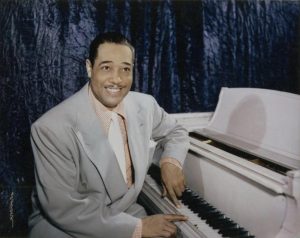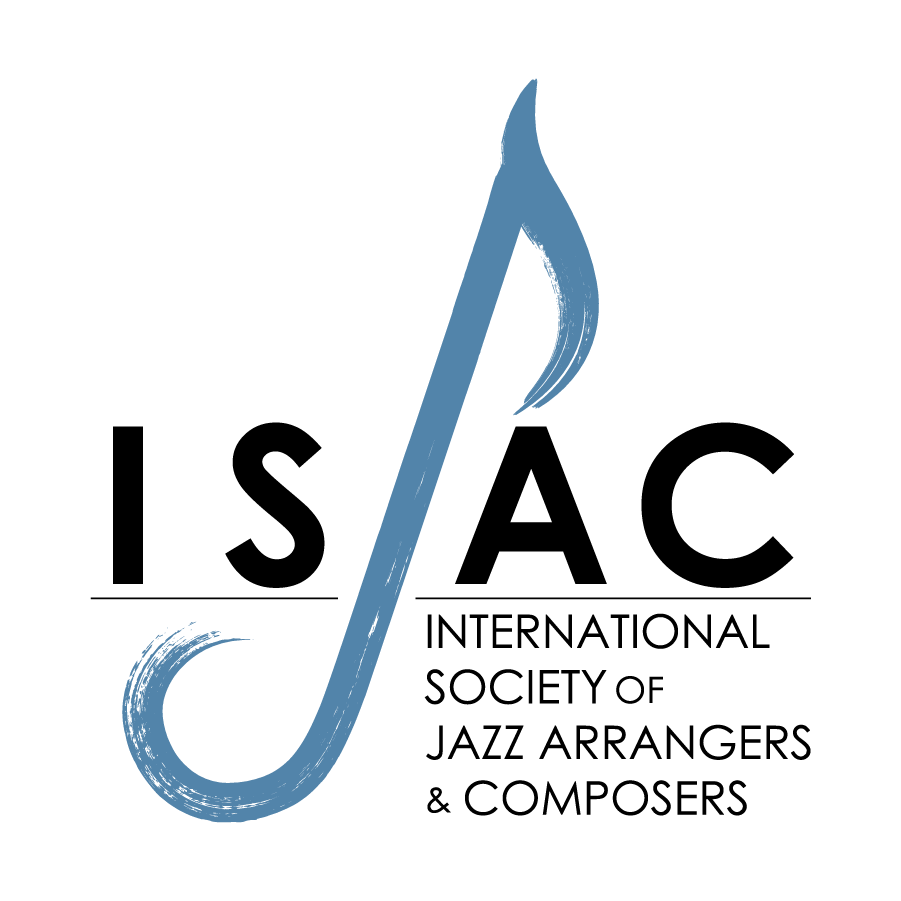
Credit: Robert Scurlock Collection, Archives Center, National Museum of American History, Smithsonian Institution.
Induction: 2017
Websites: Duke Ellington Official
Duke Ellington (By John Edward Hasse)
December 2, 2020
Duke Ellington left an enormous legacy: 10,000 recordings, 10 million miles of travel, and 100,000 pages of unpublished scores and parts. I know the latter is true, because I led the Smithsonian’s acquisition of this national treasure in order to make it available and preserve it for posterity. The collection’s proud home is the National Museum of American History, in Washington, DC.
For the average person aware of Ellington, he was a pianist. Oh, yeah, and didn’t he lead a band? Very few people outside the core jazz community know that he was a nonpareil composer as well as arranger and orchestrator.
Billy Strayhorn famously said, “Duke Ellington plays the piano. But his real instrument is the band.” Ellington’s band and his composing were a profound yin-yang: he couldn’t have one without the other. He composed the vast majority of the band’s repertoire. He wrote only for his band. And the band played mostly Ellington’s music—composed and/or arranged by him.
He hated being pigeon-holed as strictly a jazz musician. Over his astonishingly productive fifty-year career leading the Duke Ellington Orchestra, he composed songs, short instrumentals, multi-movement suites, scores for ballets and motion pictures, and Broadway-bound musicals. He was mostly known as a miniaturist for his three-minute evergreens such as Mood Indigo, Sophisticated Lady, and Satin Doll. But his lesser-known, large-scale works provided him the canvasses to tell bigger stories, inspired by, among other topics, African American history, his overseas travels, and his reverence for God. Through his career run such themes as a drive to be the best, create a unique sound, and break out of musical categories; a deep respect for his heritage; and, increasingly, a faith in the Divine.
Like a magisterial chef, he alchemized his ingredients—the signature styles of his musicians—into a whole that was greater than the sum of its parts. He personalized his music to an unprecedented degree, writing parts not for the instrument, but for the specific musician playing the instrument—Johnny Hodges, Clark Terry, etc.
One critic called Ellington not a composer as much as a compiler. True, sometimes a player would extemporize an alluring phrase and Ellington would incorporate and extend it into a complete piece. Some of these collaborations were acknowledged, others not. But, despite grumbling from some of his men, none of them had the capacity to do what the maestro did: create a sound unlike any other, invent tone colors new to music, capture and stylize life in 20th century America, and craft three-minute masterpieces that will live on and on and on. He was sui generis or, in his phrase, “beyond category.”
Hasse’s books include Beyond Category: The Life and Genius of Duke Ellington and Discover Jazz. He is Curator Emeritus of American Music at the Smithsonian’s National Museum of American History (Smithsonian Jazz)

DUKE ELLINGTON
Presented by ISJAC in partnership with The Arrangers Podcast

